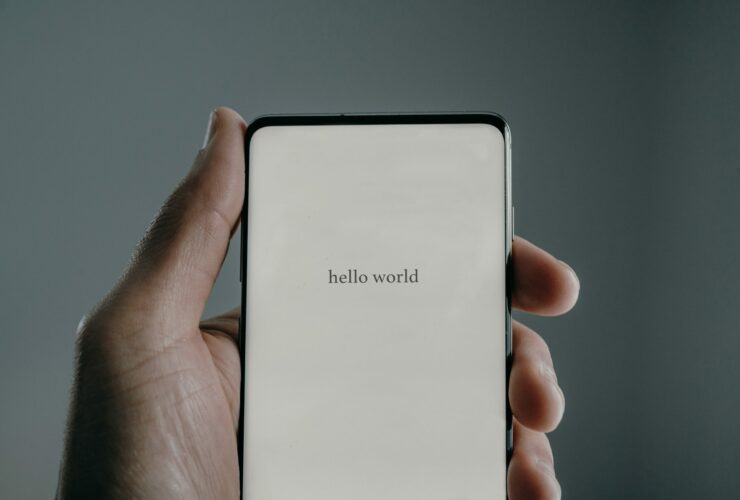If you’re always looking for an opportunity for exposure you may have flirted with the thought of creating a mobile app for your business, after all, mobile usage has been increasing exponentially and isn’t showing any sign of slowing down anytime soon.
The amount of traffic that App stores like Google Play and Apples App Store pull are amazingly lucrative and there is no better way to present a mobile package of your business than having an app on these stores, so from a logical perspective it makes a lot of sense to have a mobile app, otherwise you’re missing out on a huge marketplace where even getting a few thousand downloads could mean huge increases in your profits.
So what’s stopping you?
What stops most people is the barrier of entry on these marketplaces. You first need to create an app, then pay a ton of fees and then after that, you’ll need to maintain your app, fix bugs, add new features and keep up with the competition. That’s not only a lot of work but could mean a lot of upfront investment. On the contrary, whilst it is a lot of work, possessing a mobile application showcasing your services is incredibly valuable so it may be worth all the hassle after-all.
Does it cost too much?
We’ve all seen the going rates for App Development, you’ll have multiple people charging you £20,000 for a small application which follows the same features of your website, which is likely to of cost you maybe 20 times less. That’s a lot of money to be dishing out for what may not be a profitable venture and so whilst an app may be a great idea, it isn’t always realistic.
However, getting a mobile app might be more accessible than you think!
You don’t need to pay a lot of money for an application if you are willing to sacrifice on a few features. If you just want an app that represents your brand, is similar to your already awesome website and you just want to get your name out there on the marketplace, some options allow you to do so for less than £1000. Apps do not, like websites, have to be ridiculously expensive.
What are the sacrifices?
Well, there are a few compensations to shrink the costs of having an app for 10% of the price.
Web View Only – Your app may not be a native application. That means that it is simply a container which hosts your website inside of it. Whilst this has a few pros that should be considered such as live updates on your apps, it isn’t going to be the most high quality. Your app might feel sluggish at times, especially if your website is not mobile optimised.
You might not be able to directly sell – Unfortunately the cost of using popular app marketplaces is that Google & Apple will want a cut of your sales. To do that you’ll need to integrate Google Pay into your app. The issue is that isn’t exactly possible because if your app is simply a web view it has no integration with Google or Apple. Specifically, if you are selling a subscription service you will run into issues with both marketplace leaders as subscriptions from apps are not allowed to run through your website, they need to be running through Google and Apples payment systems so that they will be able to take a cut of your sales.
As of the date of this article, Apple will take 30% of your subscription charge, so this is something you’ll need to consider.
30% is a lot of profit to be handing out, just for sales from your app that you may have already got through your website.
As you can see Mobile apps don’t have to be expensive and there are also middle-ground solutions that give you a hybrid experience, but as with everything, there are downsides. You’ll need to find a balance between price, features and be aware of the downfalls.
Whether a mobile app using web view is still valuable to you will ultimately depend on your business. However, every business should consider this option as mobile traffic becomes exceedingly more popular in 2023.




